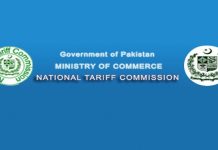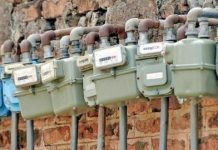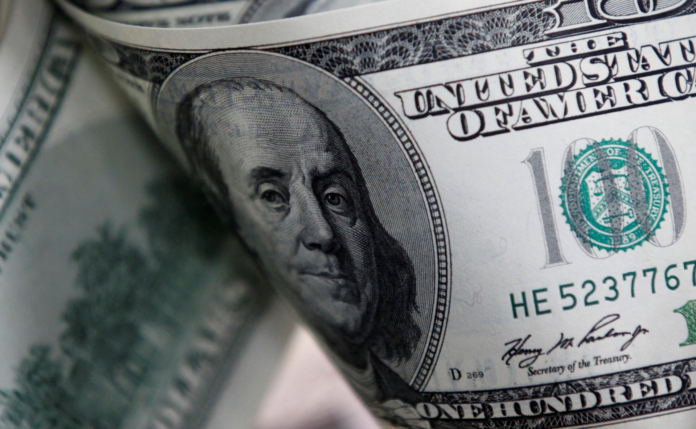The State Bank of Pakistan (SBP) has reduced its pace of dollar purchases from the interbank market, Dawn reported, citing currency dealers. This move is seen as an effort to manage liquidity and alleviate pressure on the exchange rate, as the country faces a growing trade deficit.
One currency dealer, quoted by the newspaper, said that the SBP has been buying dollars at a much slower rate compared to last year, when it purchased $7.8 billion to boost its foreign exchange reserves. He added that the rise in import demand has led to more active exchange rate management in recent weeks.
Although the rupee has remained relatively stable, market experts warn that this stability may not last if the current account remains in deficit for September. A deficit for the third consecutive month would mean that the entire first quarter of FY26 would be in the red, further impacting exchange rate dynamics and import pressures.
The trade deficit for July-August FY26 rose by 29%, with imports totaling $11 billion, nearly double the $5 billion in exports. Import growth for the period was over 14%, while export growth remained under 1%.
“If the first quarter ends with a current account deficit, pressure on the exchange rate could increase and impact import dynamics,” said another dealer. They also pointed out that opening letters of credit has become easier recently, contributing to the widening trade gap.
However, rising food imports, especially palm oil (which saw a 30% increase), have raised concerns among analysts. Imports in the broader food group increased by 37% in July-August, with wheat and sugar imports expected to rise further in the coming months.
Despite these challenges, the SBP’s foreign exchange reserves increased by $22 million during the week ending September 19, reaching $14.379 billion. However, the central bank did not specify the source of these inflows. Pakistan’s total liquid foreign reserves stood at $19.793 billion, with commercial banks holding $5.413 billion.
























